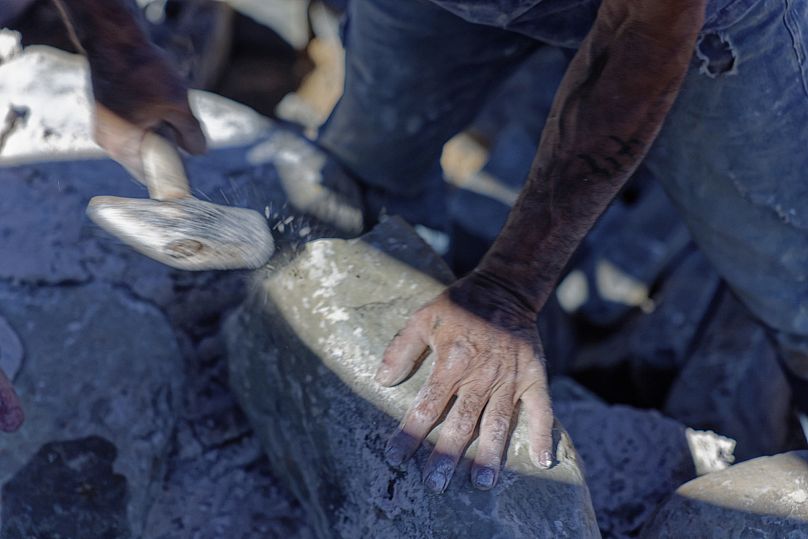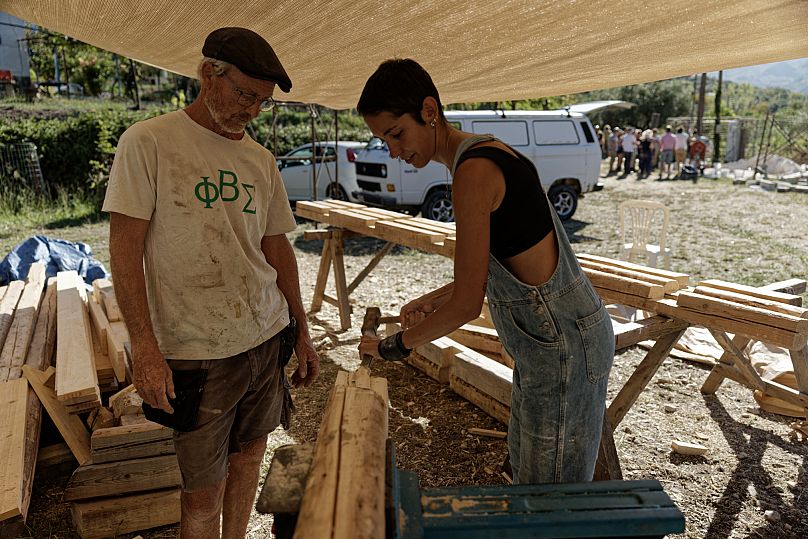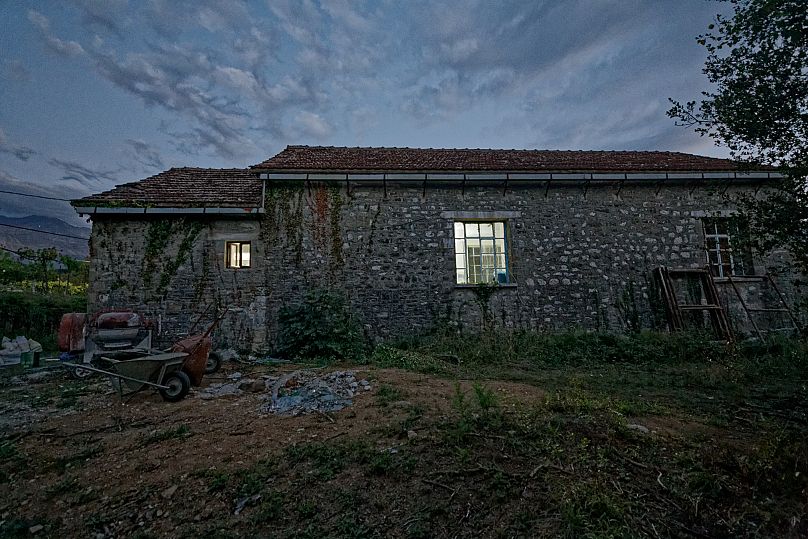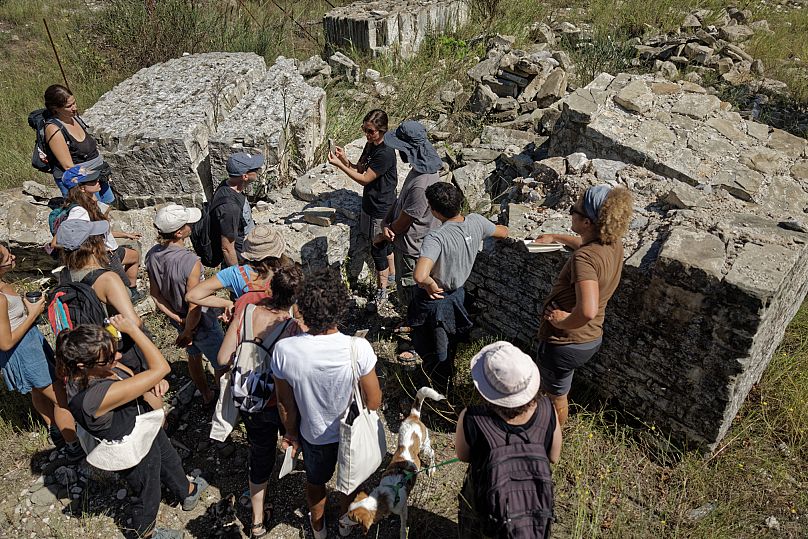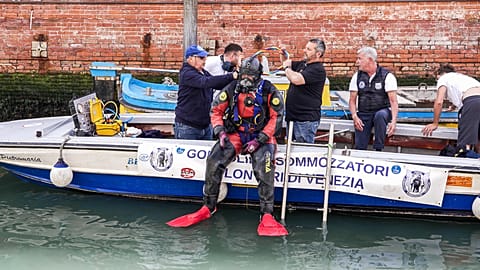The declining art form of stone masonry is being preserved and revived by a group of people in Greece.
SCENES shines a spotlight on youth around the world that are breaking down barriers and creating change. The character-driven short films will inspire and amaze, as these young change-makers tell their remarkable stories.
The Great Pyramids, the Parthenon, and the Taj Mahal have a few things in common. Aside from being ancient wonders of the world, they are some of the most notable triumphs of stonemasonry in human history. For many, the fact that they still remain standing is a testament to the stalwartness of stonemasonry as a construction craft.
The declining art form is being preserved and revived by a group of people in Greece.
"Building with our own hands, with natural materials, is something which is powerful," co-founder of the group, Panos Kostoulas tells SCENES.
They call themselves Boulouki, a name inspired by a group of travelling stonemasons from the 16th century. These stonemasons of the past were renowned for constructing elaborate structures throughout Greece and the Mediterranean.
In the 1960s, modern building materials like cement and bricks forced traditional stonemasons to put their chisels aside. One of them was Pavlos Vichas' grandfather.
"Cement became the new craftsman. He said that he could not compete with it," Pavlos, a stonemason and Boulouki member, recalls.
"We're trying to rediscover and regenerate."
Despite their dwindling numbers, some traditional stonemasons are still active in Greece. Panos' organisation's mission is to find and collaborate with them, hoping to harness their expertise.
"We're trying to discover the secrets that old 'bouloukis' used in their construction projects. There is a lot of knowledge that was lost, and we're trying to rediscover and regenerate," he says.
The organisation does this through restoration works on site. Much like the traditional travelling stonemasons, Boulouki also moves from place to place. They set up stations in neglected villages in order to rebuild derelict buildings. The team examines what they can about the building techniques and practices of a specific area before embarking on their next repair project in other parts of Greece.
These great undertakings can take years to complete. During this time, Boulouki organises workshops for an interdisciplinary group of architects, engineers and other professionals from around the world. Many of these enthusiasts are interested in learning more about traditional building techniques and want hands-on experience under experienced stonemasons' guidance.
"We are constructing a new entrance with stonemasonry based on some lime and mortar, and also with a traditional timber roof," Ioanna Ntoutsi, a collaborator, describing Boulouki's current project.
An age-old intricate art
Participants describe the workshop as an incredible experience as they benefit from first-hand training from seasoned artisanal professionals while immersing themselves culturally.
"What I love most about traditional building techniques is how you can learn to do something with your body. How you understand materials and their quality, and how this process has evolved for years, from knowledge passed from generation to generation," says Ioanna, who has a background in chemical engineering.
Beyond practical restoration projects, Boulouki also initiated cultural mapping, where locals are interviewed regarding historical structures made of stone.
"It's a way for us to learn more about the heritage here, both tangible and intangible, and connect with the local community," Panos adds.
Using a digital map, all buildings and bridges in the area, as well as information about how these structures were used in the past, are documented.
A goal of sustainability set in stonemasonry
"Historical knowledge is a very productive field from which we can extract many teachings about how to use resources in a more sustainable way. How to make modern architecture more environmentally friendly," Ioanna says.
Ioanna is concerned about the effects of modern-day construction on the future, particularly the scale at which resources are extracted from the earth unabatedly.
"I think we have become extremely detached from nature, from the materials that we use. We definitely need a more human-to-nature balanced approach," she cautions.
Boulouki is hopeful that their research and rebuilding efforts will revive the dying art of stonemasonry and offer a sustainable alternative to modern-day construction works.

















